Why Quality Software Tutorials in English Matter
Clear, effective software tutorials bridge the gap between complex technology and users. Whether you’re explaining how to use a new coding library, design a mobile app interface, or troubleshoot a database error, the way you structure and present your tutorial determines its value. For global audiences, English remains the lingua franca of tech, making it essential to craft tutorials that are both technically accurate and accessible.
Core Principles for Writing Technical Tutorials
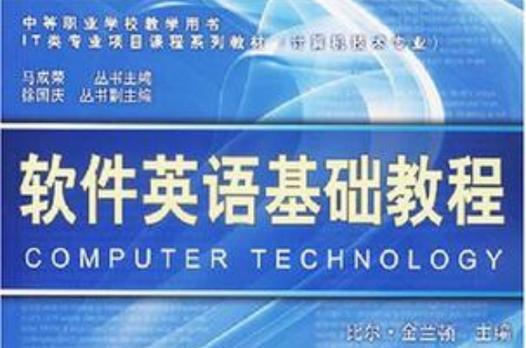
1、Define Your Audience First
Before writing a single word, ask: Who will read this? A beginner learning Python for the first time needs different explanations than a senior developer integrating an API. Use terminology that matches their skill level. For example:
- *Beginner-friendly*: “Click the ‘Save’ button to store your changes.”
- *Advanced*: “Usegit commit -m to stage your code modifications.”
2、Structure with Precision
Break tutorials into digestible steps. A chaotic flow frustrates readers. Use this framework:
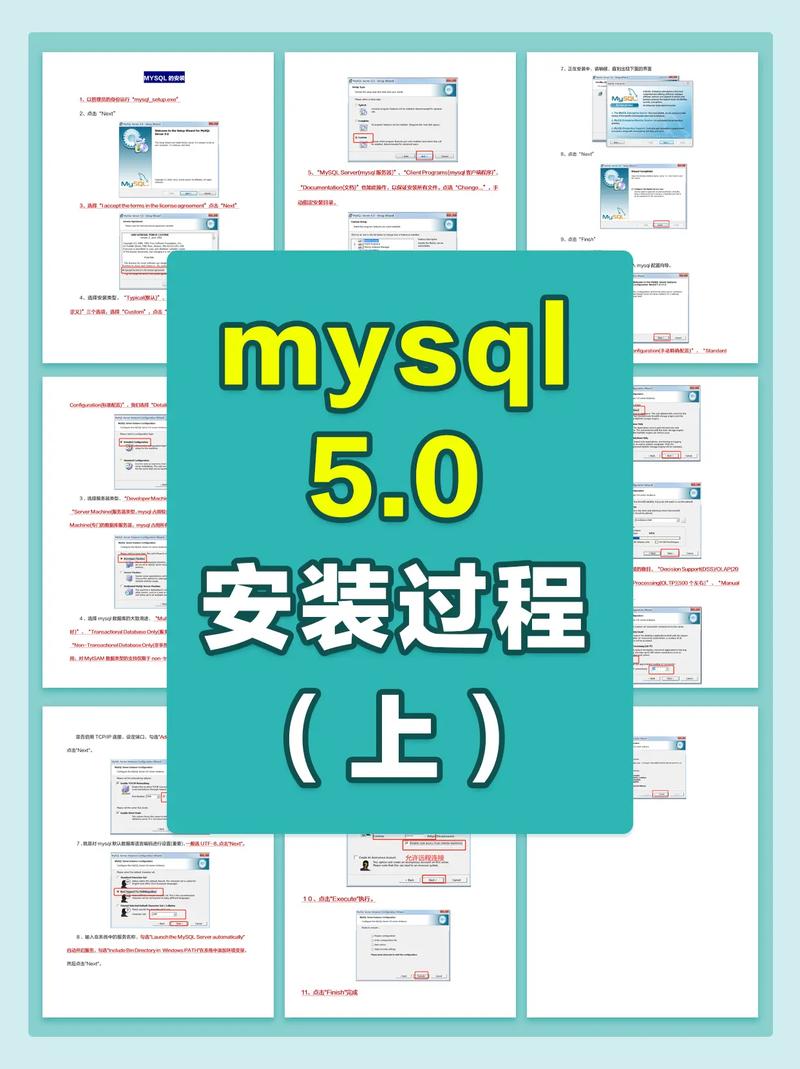
Objective: State the goal upfront. (“This guide shows how to deploy a React app on AWS.”)
Prerequisites: List tools or knowledge required. (“Node.js v18+ installed; basic CLI familiarity.”)
Step-by-Step Instructions: Number each action, include commands or screenshots.
Troubleshooting: Anticipate common errors. (“If you see ‘Permission Denied,’ runchmod +x script.sh.”)
3、Balance Technical Jargon
Overloading readers with acronyms or niche terms creates confusion. Explain abbreviations on first use. For instance:
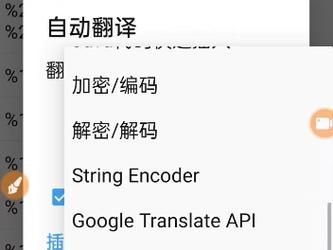
- *Avoid*: “Configure the API endpoint using OAuth 2.0.”
- *Better*: “Configure the API (Application Programming Interface) endpoint using OAuth 2.0, an authorization protocol.”
4、Prioritize Active Voice
Passive voice weakens clarity. Compare:
- *Passive*: “The settings menu should be opened by the user.”
- *Active*: “Open the settings menu.”
Avoid These Common Mistakes
Assumptions About Prior Knowledge: Never assume readers understand dependencies. Explicitly mention required setups.
Vague Error Descriptions: Instead of “Fix the bug,” specify: “Resolve the ‘NullPointerException’ by initializing the variable.”
Ignoring Visuals: Use annotated screenshots, code snippets, or diagrams. A flowchart can simplify a multi-step process.
Optimizing for Search Engines and E-A-T
To align with Baidu’s algorithms and E-A-T (Expertise, Authoritativeness, Trustworthiness):
Keyword Research: Target specific phrases like “Python Pandas tutorial for data cleaning” rather than generic terms. Tools like Baidu Keyword Planner help identify low-competition keywords.
Cite Credible Sources: Reference official documentation (e.g., Microsoft Developer Network) or peer-reviewed studies when explaining concepts.
Showcase Authority: Include author credentials (“10 years of backend development experience”) or link to certifications (without adding URLs).
Update Regularly: Outdated tutorials harm credibility. Add notes like “Tested on Android Studio 2023.1.1.”
Tools to Enhance Tutorial Quality
Grammar Checkers: Grammarly catches passive voice; Hemingway App simplifies complex sentences.
Code Validators: Use IDE linters or online tools like JSONLint to verify code samples.
Screenshot Tools: Snagit or Lightshot for annotated images.
Final Thoughts
A well-written software tutorial doesn’t just solve a problem—it builds trust. Readers return to sources that respect their time, provide accurate details, and anticipate their needs. Focus on delivering actionable steps, avoid fluff, and always test your instructions. The best tutorials evolve: revisit them quarterly, incorporate user feedback, and stay curious about emerging tools.

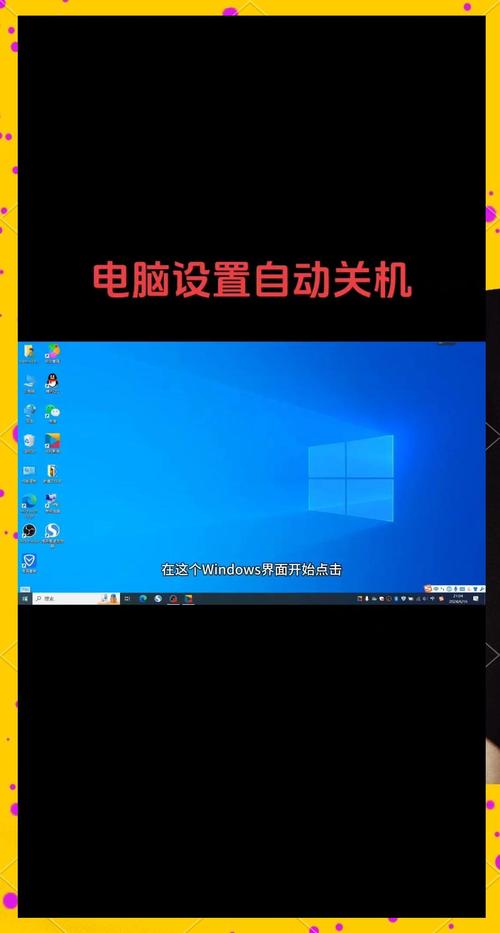

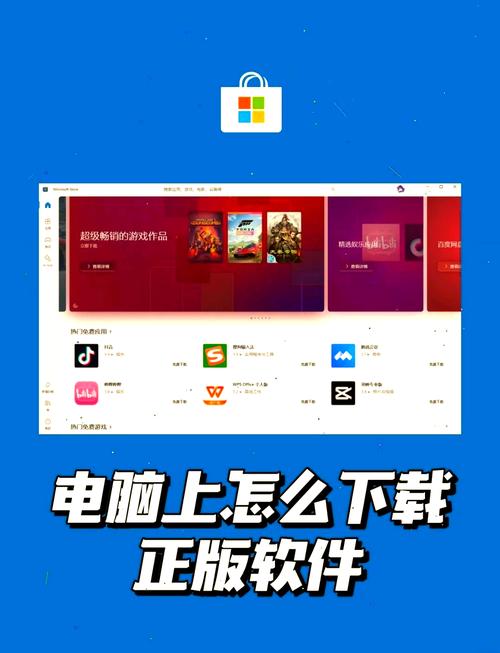

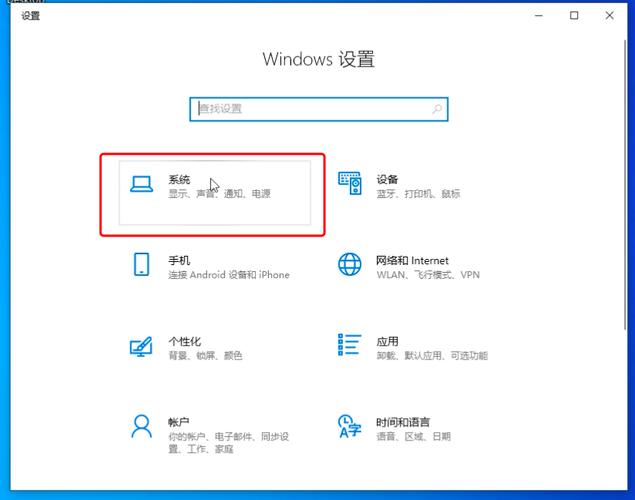
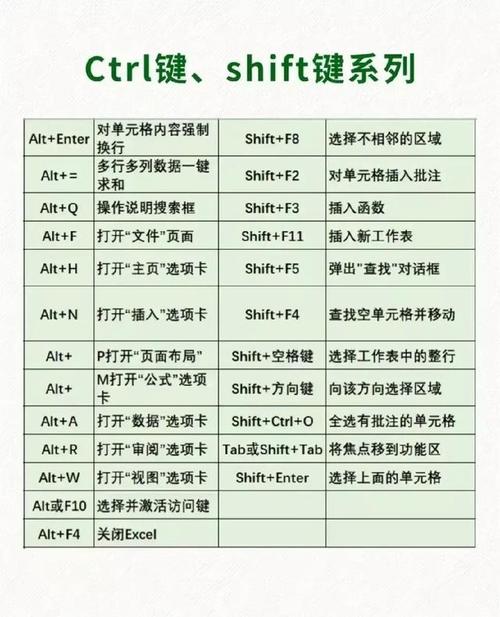


评论列表 (0)